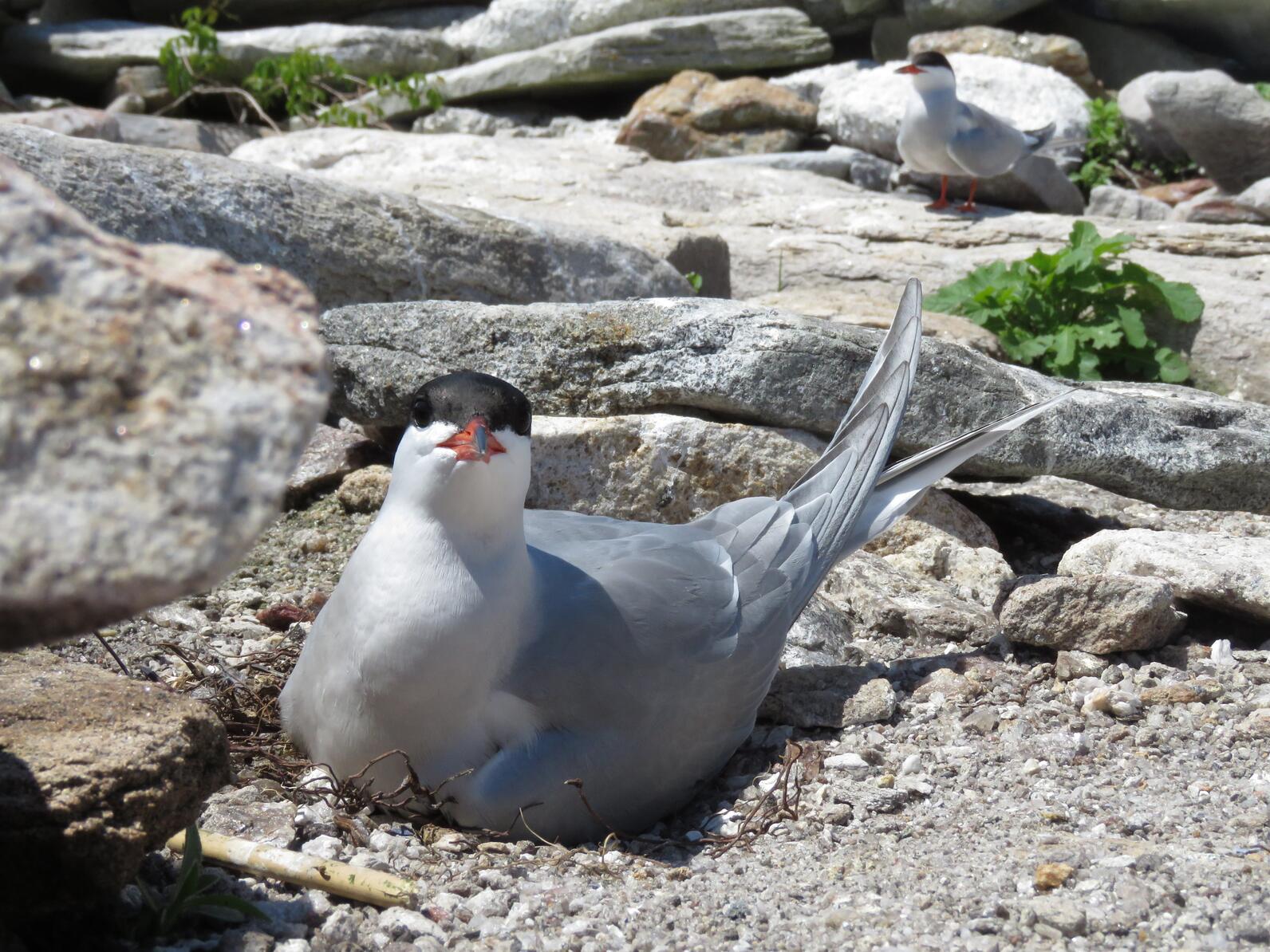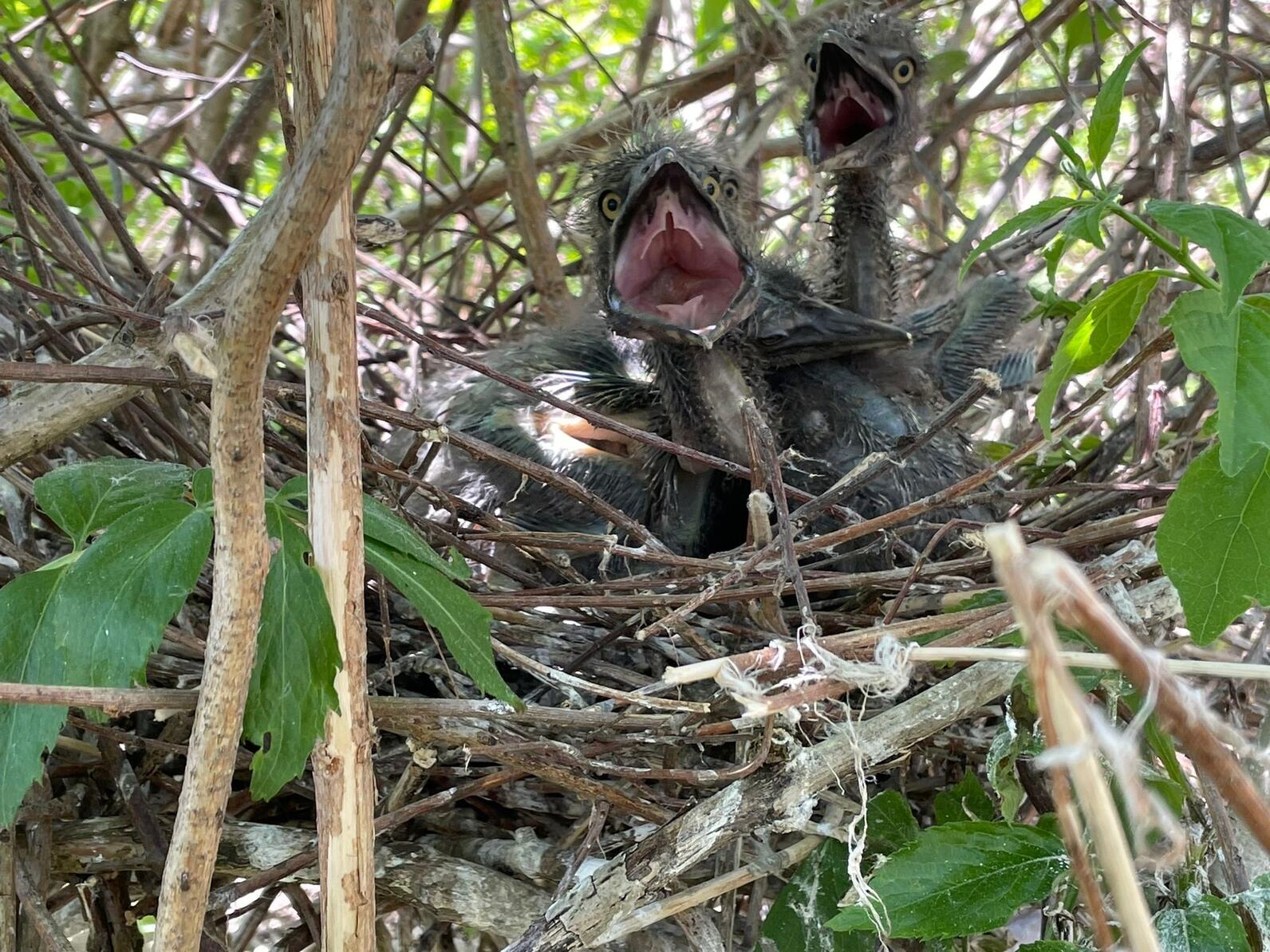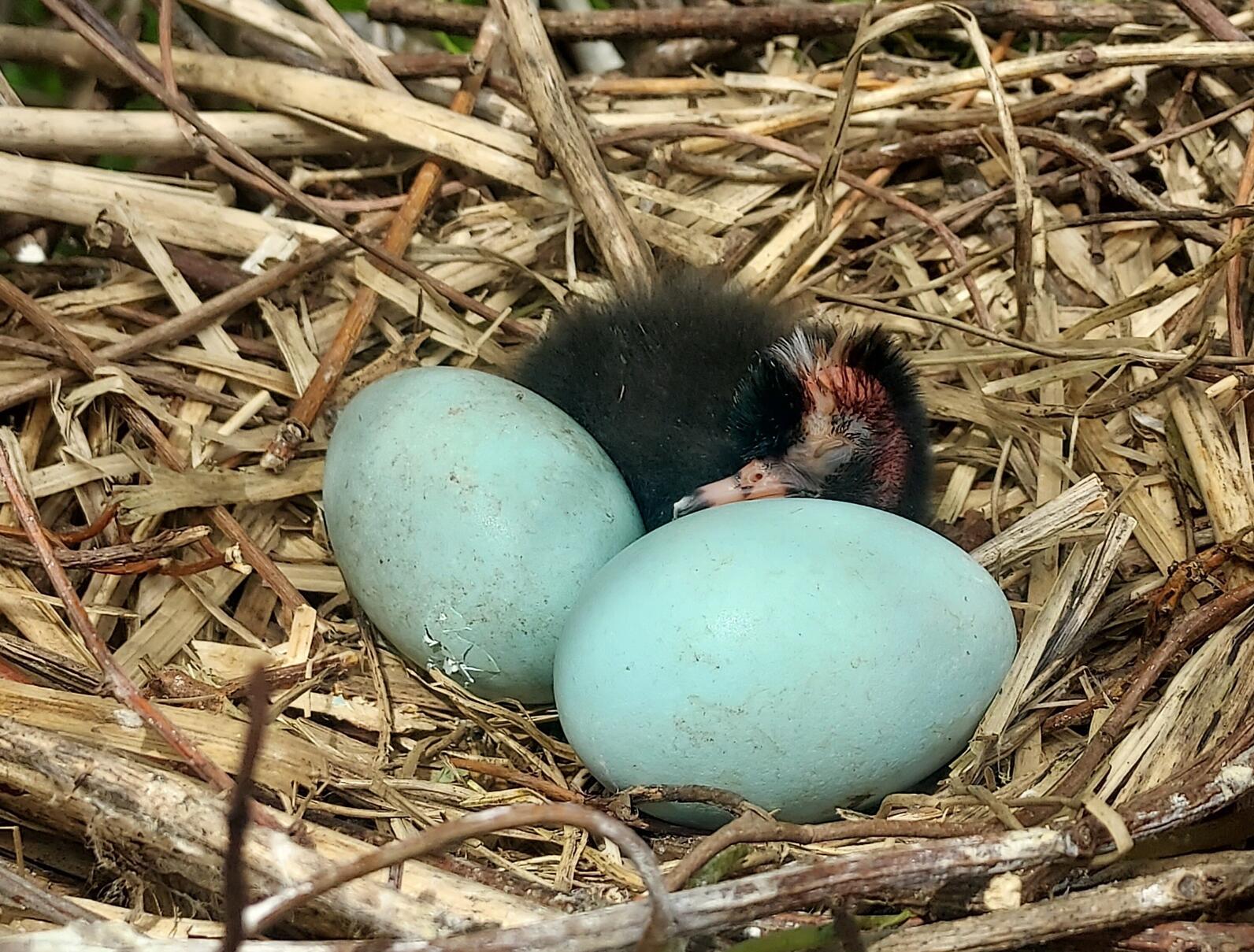Seabird Island News - Vol. 5 - 29 May 2024

Keeping Tabs on Terns

Tern nests and eggs continue to be discovered across our managed islands. Resighting stints, where researchers identify birds by their leg bands, are underway. A notable sighting on Jenny Island was a tern with a Brazilian leg band. A black tern was seen wandering by both Jenny and Pond Islands. Perhaps, because the islands are so close to each other, it was the same one? The Seal Island team received a data download showing the migration of one of the island’s GPS-tagged Common Terns. The bird traveled down the east coast before flying over Cuba to the top of South America. Fingers, or feathers, crossed the backpack keeps uploading data to the island’s base station!

Explore.og
There may finally be calm days ahead for our puffin pair. Willie and Millie got their first full day of peace from an intruding fellow Atlantic Puffin on Friday, May 24 and could get back to incubating their egg in relative quiet. Perhaps in celebration of their successful burrow defense, they had some enthusiastic billing sessions on the rocks - sometimes getting too enthusiastic!

On the last day of intruder attacks, Willie diligently defended the burrow by sitting in the entrance while Millie incubated the egg. But watchful puffins mean tired and hungry puffins–Willie and Millie were constantly snoozing and going on extended fishing trips. On Sunday, they were both gone from the burrow for more than 6 hours. It has been a rough start to the season for this pair.

As more and more Black Guillemot eggs start popping up on Seal Island, the on-cam guillemot pair has been preparing their rock crevice for eggs too. Viewers have spotted them in the nest later and later into the day, a promising sign suggesting an egg may soon appear!

And the Survey Says...
It was a survey filled week on Stratton Island. The team conducted the island’s annual Wading Bird Census. The survey, which focuses on Black-crowned Night Herons, Glossy Ibis, Great Egrets, and Snowy Egrets, counts the number of nests, eggs, and chicks found on the island. There is a significant increase in the number of chicks seen this year compared to last, which aligns with the early nesting and laying habits of other nesting birds in the Gulf of Maine. Two Little Blue Herons and a Yellow-crowned Night Heron were also seen during the census.

Razorbill Censusing began on Seal Island, a bit earlier than usual. The team squirmed over and under the granite boulders to check 129 burrows all over the island. Eggs were found in 82 burrows, which is on par with recent years. Some late-layers and more new burrows are anticipated. It was discovered during the census that some historic Razorbill burrows were destroyed when a refrigerator sized boulder was flipped and dragged by the powerful waves that hit this past winter.
Check back next week to get an update about our Tufted Puffin work on the West Coast.
Want the news delivered right to your inbox? Join our mailing list at the bottom of this page!
For additional news, please visit the Seabird Island News index page.
Learn about birds and take action
Adopt-A-Puffin
Adopt now and receive a Certificate of Adoption, along with a biography of "your" puffin!
Visitor Center
The Project Puffin Visitor Center (PPVC) is located at 311 Main Street in downtown Rockland, Maine. The center opened its doors officially on July 1, 2006.



